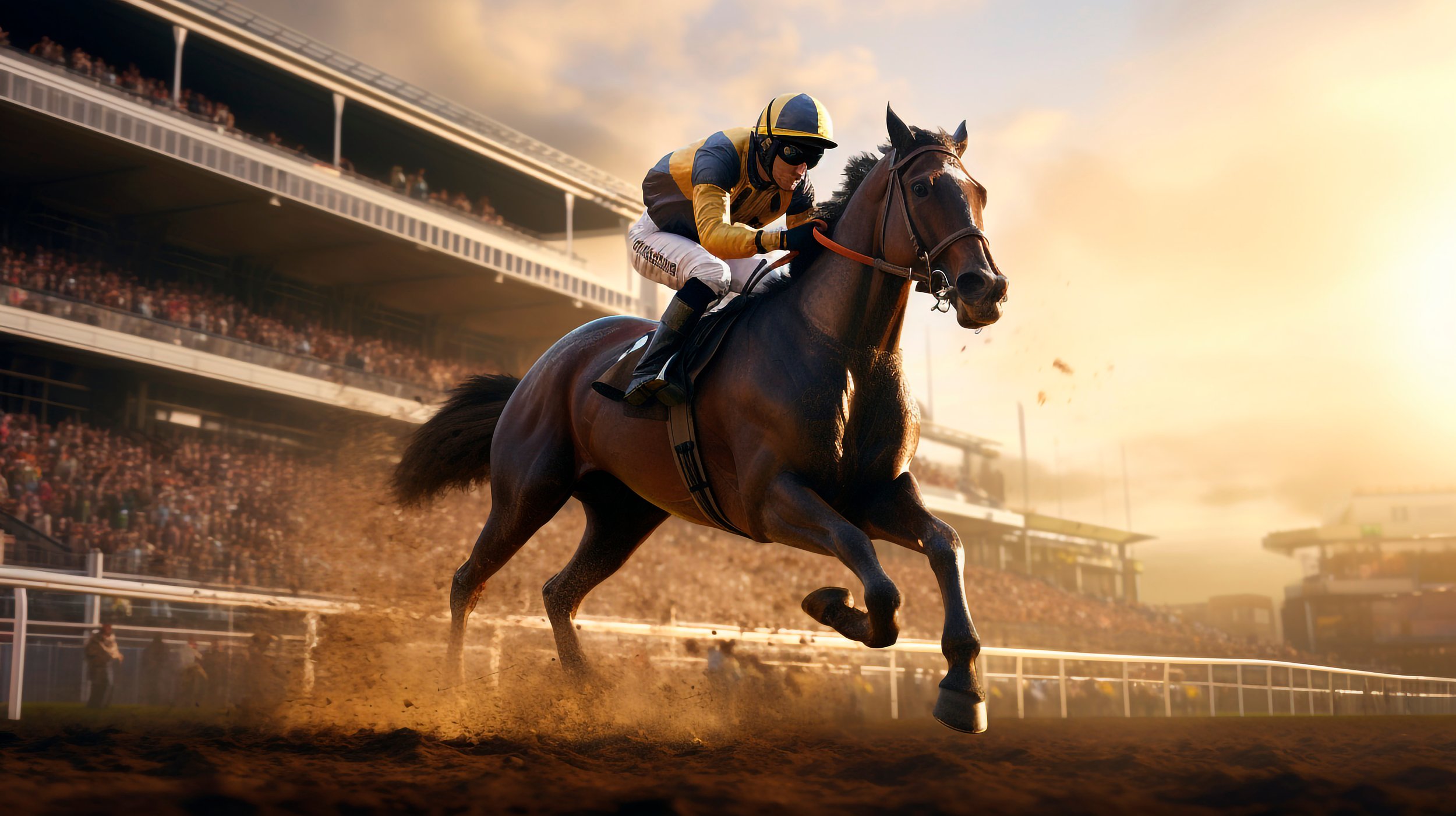Horses and Kentucky: How the Industry Came to the Bluegrass (Part 3)
In our previous blog posts (part 1, part 2) we took a broad look at the massive financial impact the horse industry has on Kentucky. Like bourbon, horses are not only a mascot for the bluegrass, but they also pull more than their hefty weight in revenue. And like bourbon, there are many flavors of horse interest, and so branding is an essential component in the machinery that makes the whole thing move. The following is just a passing glance into the world of horses in Kentucky, but it gives us a small picture of the way branding (not the fiery hot kind) helps prop up this gargantuan industry.
Three of the most well-known racing venues in the state (and the world, as it were), are Louisville’s Churchill Downs, and Lexington’s Keeneland and Red Mile. Though there are only three stars in a vast galaxy, they are three of the brightest.
Churchill Downs, the most famous of all, is known primarily for the Kentucky Derby, which is the center of the horse universe not just in Kentucky, but worldwide. It’s no surprise then that its logo reflects an awareness of this most obvious and deserved point of pride. It’s a tastefully sparse, clean graphic that conveys three things: The name of the venue itself, its iconic architectural twin spires, and the final element, the words “Home of the Kentucky Derby.”
A quick look at Churchill Downs’s website further shows that they know what they’re all about. As of the time of this writing, the web surfer who comes across their site is greeted immediately with a scrolling selection of derby-centric photographs. Enthusiasts decked in traditional derby attire (ostentatious hats, garish jackets, and ties) cheer with drinks in hand (mint juleps, no doubt) as they bask in derby day delight. Another snap depicts the horses and jockeys themselves as they round a corner in this most famous of races. Links to purchase Derby tickets plaster the homepage.
A deeper dive into the site reveals an all-business approach, as calendars, dates, and wagering numbers are only a click or two away. Like the hallowed track itself, the flash of the main event is its face to the world, but just underneath that celebrated first layer, it’s all about the numbers, be they event dates, odds, or preceded by dollar signs.
The Red Mile is a different breed altogether. Its logo, front and center on the homepage of its website, sports a jockey and horse doing what makes The Mile famous, racing in the distinct harness racing style for which the track is known. The gray-shaded graphic sits atop a simple text, the name of the track, in a burning red shade. A video plays, which highlights the excitement and pulse of harness racing, with point-of-view style shots racing along the track, and close-up tracking shots of the horses and riders as they rumble through the dirt. Like Churchill Downs, it’s mostly all business from here as you dig deeper into the various links providing essential information on dates, better data, and simulcasting information. However, it’s not all text and numbers. Peppered throughout the various links, an occasional video awaits, where interviewees discuss their positive experiences with the track.
Keeneland is a hybrid. The venue is a giant in the horse racing world, but of course, no race can ever quite compare to the Kentucky Derby. However, Keeneland’s thoroughbred sales, which are among the biggest of its kind, are also a mighty beast in its stables. And though these sales make unmatched ripples throughout the horse industry, by nature, they don’t rise to public visibility the way the Derby does. Therefore, it is unsurprising that Keeneland’s branding seems to place an emphasis on the beauty of the grounds themselves.
On the homepage, you’re met with a simple white logo that accentuates the speed of the rider and his horse. Underneath, a video plays and beautiful photography accompanies every link. While these images certainly have some stylistic overlap with the previously mentioned venues — yes, you’ll see fancy hats and garish suits — they stand out as they highlight the venue’s classic stone architecture and its verdant grounds, as well as its immaculately kept dining areas and sales spaces. One particular photograph, which depicts the track and the horses, is intentionally shot with an ultra-wide lens so as to display the stands on the right and the lush, green infield on the left.
There are many reasons these three iconic grounds are as successful as they are, and one of the main ones is the way in which they have carved an identity for themselves over the years in a crowded global, national, and statewide horse scene. These identities are on clear public display, even with a cursory glance at their branding and websites, and suggest that those behind the scenes are poised to retain the essence of what makes them special for years to come.
